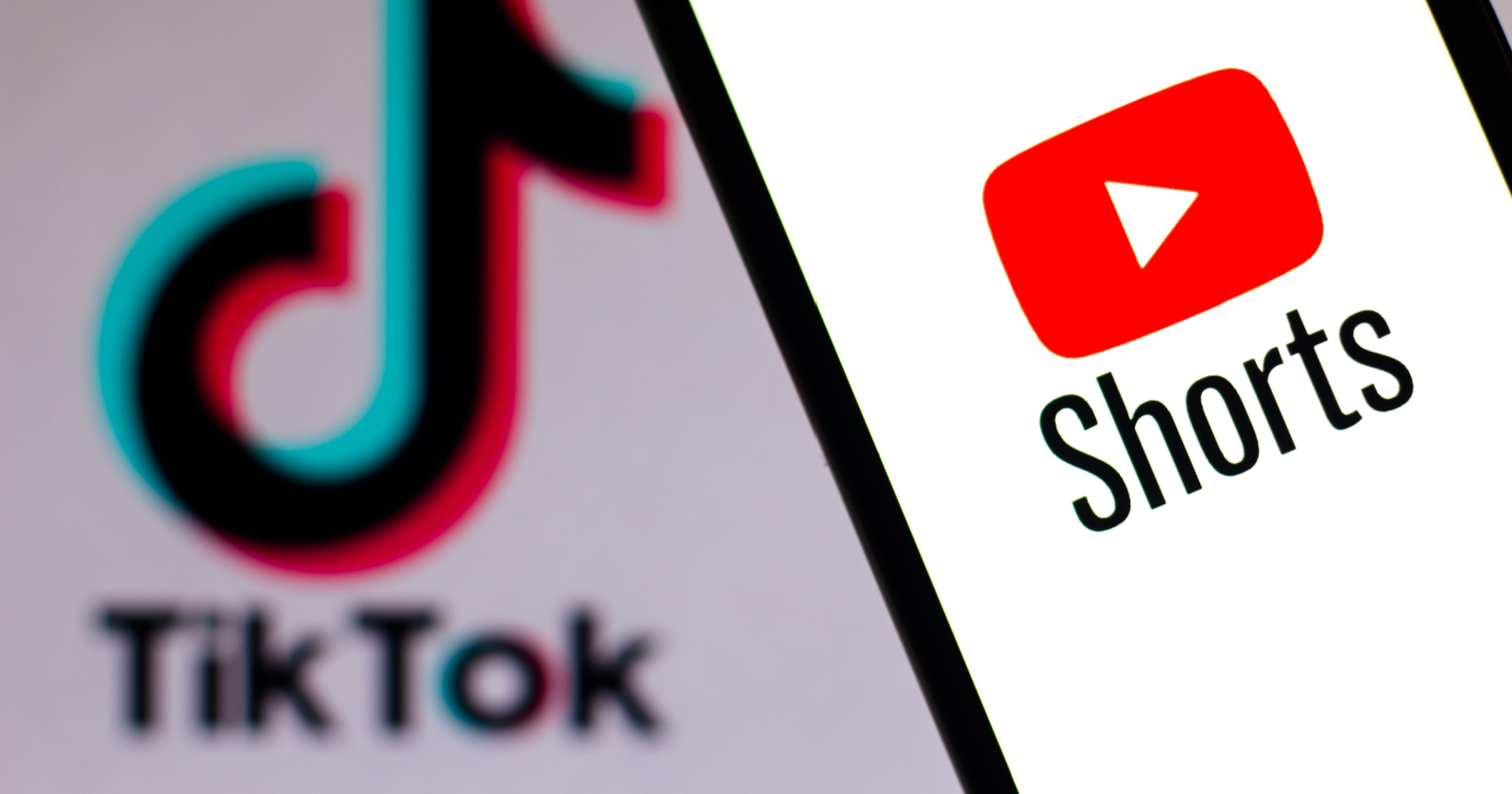With the recent launch of YouTube Shorts monetization, creators want to know how much money they can make and how it compares to the TikTok Creator Fund.
While CPM is commonly used to measure advertising revenue in long-form videos, it’s uncertain how it will translate to YouTube Shorts.
In a recent interview with YouTube employees, a question was asked about Shorts’ revenue-sharing model and whether it’s better than what TikTok offers.
Here’s a summary of their response, which breaks down the main differences between the monetization of YouTube Shorts vs. the TikTok Creator Fund.
The Variability Of CPM
CPM stands for “cost per mille,” which means cost per thousand. Regarding content monetization, CPM measures the revenue earned for every 1,000 impressions.
For example, if an advertiser pays $2 for every 1,000 impressions, and a content creator’s video receives 10,000 views with an ad, the content creator would earn $20 in revenue from that ad. The CPM for that ad would be $2.
CPM is attached to a specific video for long-form YouTube videos and varies across niches.
Some niches have enormous CPMs, while others have low ones. However, there’s no way to predict what CPM videos will have in the Shorts feed.
In other words, CPM won’t apply to Shorts monetization as it does to long-form videos.
A Different Business Model
Shorts is a product category different from long-form YouTube, and the monetization style differs.
YouTube is rethinking the model and focusing on how to align incentives between viewers, creators, advertisers, and music partners.
The current model of directly attributable pre- and mid-roll ads doesn’t work for short-form videos.
Instead, YouTube uses a pool-based model for Shorts, which helps ensure that as Shorts grows, everyone benefits.
A Pool-Based Model
Since ads aren’t attached to specific videos, CPM isn’t a term that Shorts monetization will use.
Shorts monetization works on a pool-based model where different niches contribute to the overall pool.
The earnings generated by ads between YouTube Shorts videos will be combined, and a portion of the total amount will be put into a creator pool.
The creator pool’s revenue will be paid to eligible creators depending on their share of the total number of views and music usage of Shorts watched.
Creators will be given 45% of their allocated revenue from Shorts.
The term for Shorts monetization has yet to be defined, but it will be a separate line item that creators can look at to determine how much they’re making.
YouTube describes Shorts monetization as a “partnership” between creators and the platform.
Earnings will be slow initially, but they will grow as more Shorts creators join, and advertisers become more comfortable.
Creators, advertisers, and YouTube are all incentivized to make Shorts a success.
TikTok Creator Fund
TikTok Creator Fund is a program that pays eligible creators based on their performance and engagement metrics.
The amount of money a creator can earn depends on several factors, such as the number of views, the authenticity of the views, the level of engagement, and whether the content adheres to Community Guidelines and Terms of Service.
Every creator and video is unique, and there is no restriction on the type of content supported by the fund.
The Creator Fund’s total amount changes daily. It is determined by the number of videos posted by the community that day, meaning it fluctuates based on the amount of content uploaded.
Other Considerations
In addition to the differences in monetization models, there are other factors that creators should consider when deciding between YouTube Shorts and TikTok.
For instance, while TikTok’s user base is younger, with a majority of users under 30, YouTube has a more diverse user base, with users across all age groups.
This can impact the type of content that performs well on each platform and, ultimately, how much money creators can earn.
Another factor to consider is the level of competition on each platform. While TikTok has exploded in popularity over the past few years, more creators are vying for attention and views on the app.
On the other hand, while YouTube Shorts is still in its early stages, the platform’s established user base and search functionality may make it easier for new creators to gain traction.
The decision of which platform to use will depend on various factors, including the type of content you want to create, your target audience, and your goals as a creator.
With the launch of YouTube Shorts monetization, it’s clear that the platform is committed to providing new opportunities for creators to earn money and build their careers on the platform.
It will be interesting to see how YouTube Shorts evolves in the coming months and years and how it compares to other short-form video platforms like TikTok.
Featured Image: rafapress/Shutterstock
